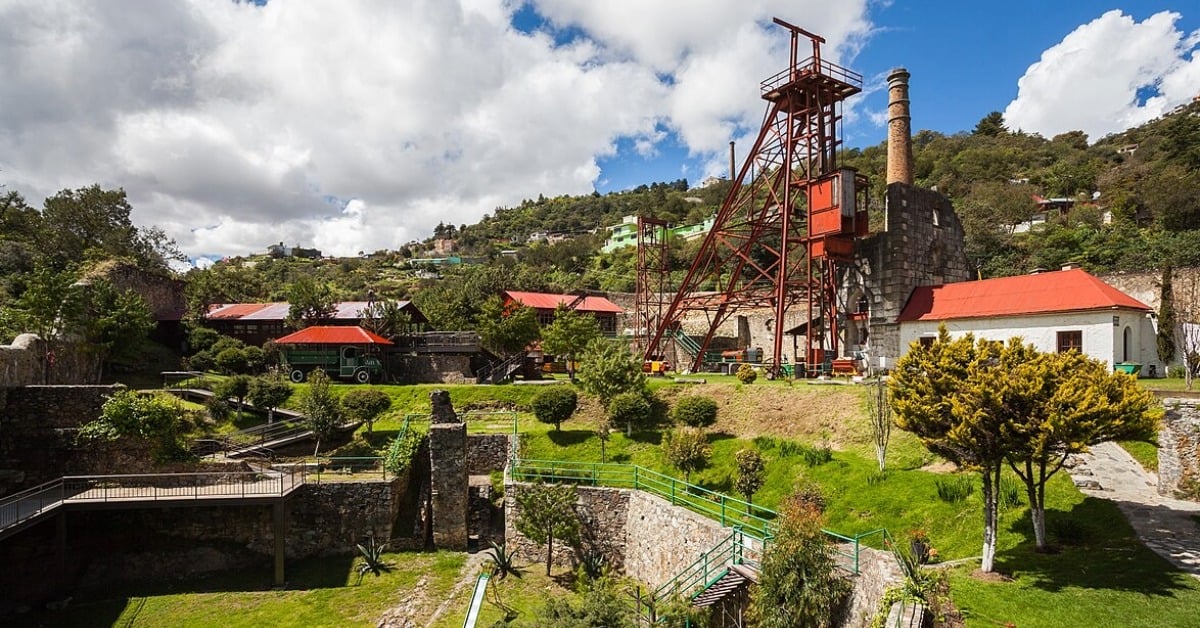Five Hidalgo mining heritage museums face closure after no 2025 culture budget; fundraising and talks with agencies begin . . .


Five Hidalgo mining heritage museums face closure after no 2025 culture budget; fundraising and talks with agencies begin . . .
